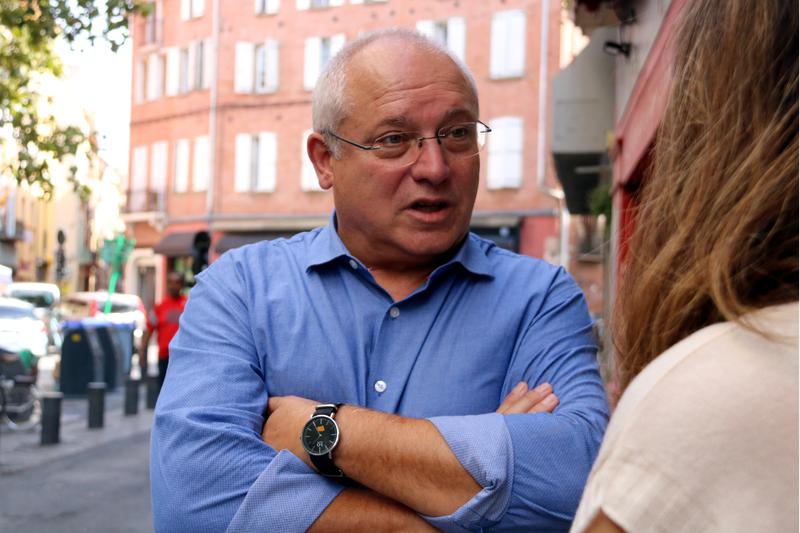Sixena frescoes trial to proceed after court dismisses former culture minister's appeal
Police moved artworks from Lleida Museum to monastery in neighboring Aragon in 2017

The Catalan High Court (TSJC) has rejected an appeal from former Catalan Culture Minister, Lluís Puig, and confirmed that legal proceedings against him over the disputed Sixena artworks will go ahead.
The frescoes were moved from Catalonia to neighboring Aragon in 2017 during the period of direct rule following the independence referendum.
Puig, who has spent the last six years living in exile, will face trial for disobedience in the High Court, as he is an elected MP. His predecessor as culture minister, Santi Vila, will be tried in a lower court.ç
The court's written statement argued that, in his appeal, Puig failed to prove how the civil liability fine of €17,250 he would have to pay if found guilty demonstrates an absence of legal rights.
For this reason, it confirmed the potential fines would remain in place for both former ministers, with the amount equal to what the Aragonese government said was the cost of transferring the 44 artworks from Lleida Museum to Sixena.
Puig's legal situation could change again depending on whether or not he is relected as an MP in the upcoming Catalan election on May 12. He has already announced his intention to stand again for pro-independence Junts.
Long-running dispute
The artworks are originally from the Sixena monastery in Aragon and look unlikely to return to Catalonia following a Supreme Court ruling in 2021.
They have long been the subject of a legal battle between Catalonia and Aragon over where they should be placed and displayed.
The Supreme Court rejected the appeals of the Catalan government, the National Art Museum of Catalonia, and the Consortium of the Museum of Lleida against the ruling of a provisional court in Huesca, Aragon, which declared the prior sale of the 96 Sixena works as null and void.
The works were purchased by the Catalan government in the 1990s. However, courts ruled that the seller of the 96 pieces of art was not the legitimate owner of them and therefore didn't have the authority to sell them.
The Catalan government continues to argue the works were acquired through "legal and legitimate" sales.
Civil War
The reason the medieval frescoes were taken to Catalonia in the first place dates back to the Spanish Civil War. In 1936, the Sixena convent was set on fire, along with all the precious artifacts inside.
That very same year as the blaze, specialists took the art to Barcelona to safeguard and restore it. Some of the items were taken to the Lleida Museum, and others made it into the MNAC in 1940.
The removal
The removal took place in the aftermath of the independence referendum of October 1, 2017, when Spain had sacked the Catalan government and enforced direct rule from Madrid.
Police officers entered the museum in the early hours of the morning to ensure the execution of the Court of Huesca's ruling, which ordered the transfer of 44 works to the monastery of Vilanova de Sixena.
After the removal, Mireia Boya, from the Catalan far-left party CUP claimed that the motive behind the artworks’ removal was to humiliate Catalonia.
Closed for renovation since 2022
Since the summer of 2022, the pieces have not been on display, with the Sixena monastery closed for renovation and the condition of the artworks unknown.
The Catalan government continues to lament the fact that they were removed from Lleida. Sònia Hernández, director general of Cultural Heritage at the Department of Culture, told ACN in late 2023 that the pieces were moved from where they were "well preserved, conserved and could be studied" to a new space with conditions that "probably aren't the best" and where they "aren't guaranteed to be preserved as well as we think they should."
On the other hand, the Aragonese executive told the Catalan News Agency (ACN) that the works are now in a place where they "should never have left," adding that they are being kept in "optimal conditions."
The Sixena monastery renovation is already completed, the Aragones government has said, and is due to reopen in 2024.